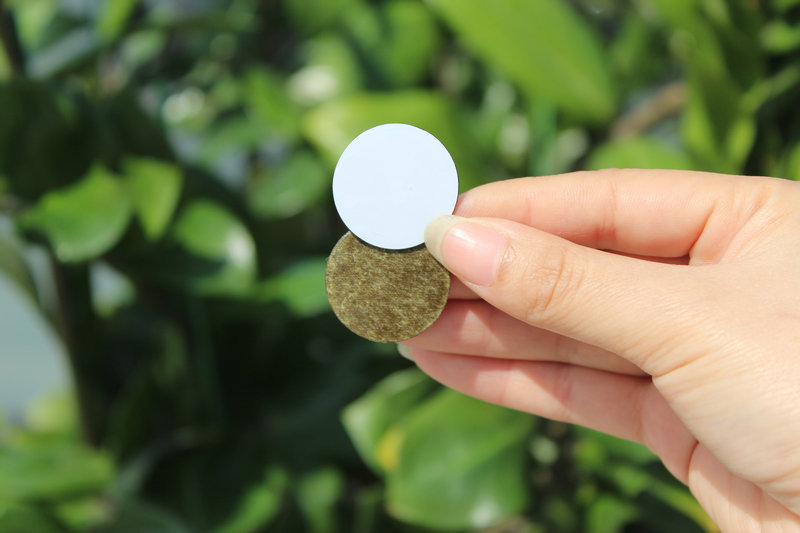NFC anti-metal tag is also known as on metal NFC tags or NFC tag for metal, anti metal RFID label, metal adhesive RFID label. The visitor’s RFID tag would relay pre-written exhibit information to a personal webpage for the visitor on the museum’s website; the purpose of the webpage is to provide the visitor with information on visited exhibits that they would enjoy exploring at will at home, with the ability to see photos of the exhibit items and show their family and friends.
Custom size, printing NFC anti-metal tag is always produced in Shenzhen Chuangxinjia with high quality control. In 2010 Shenzhen Chuangxinjia RFID tag corporation was founded, a high technology enterprise which engaged in researching as well as producing and marketing of system project, application equipment and end products. There are several different types of RFID tags that cater to different purposes. A typical tag would carry around 2KB of data—enough to store some information about the item it is on. Hence, RFID tag can be useful to authenticate high value products (tires, apparel) in a discrete manner.
We can customize the casing for businesses that handle metal tanks to ensure smooth readibility (anti-metal & waterproof). NFC is short for Near Field Communication while RFID stands for Radio Frequency Identification. Basically NFC is just an extension to RFID technology or from the diagram I can say that NFC is the subset of RFID. Passive tags are those which don’t have power supply of their own instead they get their energy supply from the near by device.
Since NFC tags are passive they work only in short distance (4 cm) where RFID tags can send signal to its receiver even if it’s few kilometers away, using the built-in battery. NFC tags are special type of passive RFID tags which use specific data format known as NDEF (NFC Data Ex‐ change Format). While NFC tags works on principle of inductive coupling only, RFID tags works with both inductive coupling andbackscatter coupling.
I have already written an article on How NFC works , Now we will see how RFID works with help of an example. So what you can do is stick the RFID tag to the product with the help of some RFID tag has a build in antenna and a UID (unique identification no ). Now your product is ready to move and let say that it enters a warehouse. The transmitter antenna attached to the doors of the warehouse are sending the signal which is received by our RFID tags and in return it send its UID using the build in reader reads this UID and update it’s network. There could be reader or tags collision if more than one tags are use in the same range.







